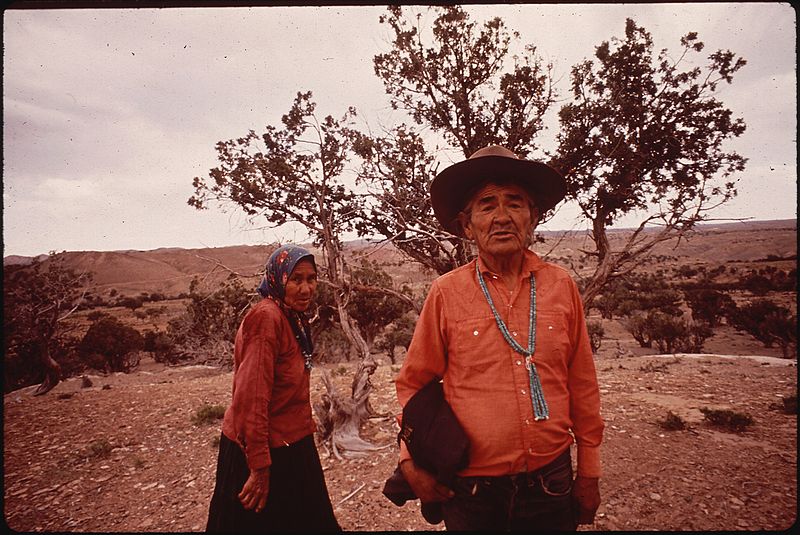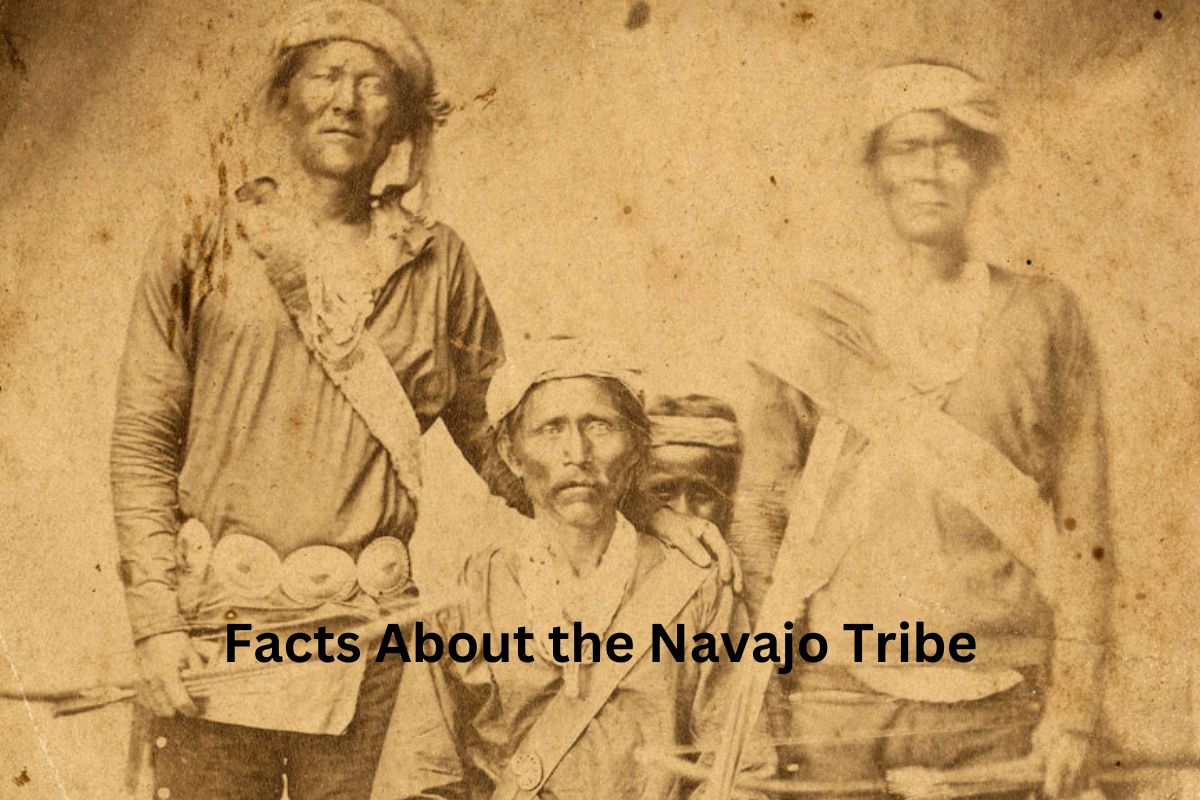The Navajo Tribe, also known as the Diné, is the largest Native American tribe in the United States, with a population exceeding 350,000 members.
The Navajo Nation, located primarily in northeastern Arizona, is the largest Native American reservation in the country, covering an expansive area of approximately 27,425 square miles.
The Navajo people possess a rich cultural heritage and are renowned for their intricate and colorful art, including weaving, pottery, and jewelry. Their language, Diné Bizaad, is a complex and tonal language that is still spoken by a significant number of Navajo people.
The Navajo Tribe operates under a democratic system of governance, with the Navajo Nation Council being responsible for making laws and managing the tribal government.
While the Navajo people maintain a deep connection to their traditions, they also face various challenges, such as poverty, unemployment, and limited access to healthcare and education, prompting ongoing efforts to improve their well-being and preserve their cultural legacy.
Navajo Tribe Facts
1. The Navajo Tribe, also known as the Diné, is the largest Native American tribe in the United States
The Navajo Tribe, also known as the Diné, is the largest Native American tribe in the United States, with a population of over 350,000 members: The Navajo Tribe is renowned for its size and numerical strength.
Also Read: Facts About the Mohawk Tribe
With over 350,000 enrolled members, the Navajo Nation surpasses other Native American tribes in terms of population. The tribe’s substantial population reflects its resilience and ability to maintain cultural identity in the face of historical challenges.

2. The Navajo Reservation, located primarily in northeastern Arizona
The Navajo Reservation, located primarily in northeastern Arizona, covers an area of approximately 27,425 square miles, making it the largest Native American reservation in the country.
Also Read: Comanche Tribe Facts
The Navajo Reservation, officially known as the Navajo Nation, is an expansive territory primarily situated in northeastern Arizona. It also extends into parts of Utah and New Mexico.
It’s vast size encompasses diverse landscapes, including deserts, canyons, mountains, and forests.
3. The Navajo people have a rich cultural heritage and are known for their intricate and colorful art
The Navajo people have a rich cultural heritage and are known for their intricate and colorful art, including weaving, pottery, and jewelry: The Navajo people possess a deep and vibrant cultural heritage that is intricately woven into their art forms.
Navajo artisans are widely recognized for their mastery of various crafts, such as weaving, pottery, and jewelry making.
Navajo rugs, known for their intricate designs and vibrant colors, are highly regarded and sought after worldwide. The art of Navajo pottery showcases skilled techniques and distinct decorative styles.
Navajo jewelry, often crafted from sterling silver and adorned with turquoise and other precious stones, is renowned for its beauty and craftsmanship.
These artistic traditions not only serve as forms of creative expression but also play a vital role in preserving and passing on Navajo cultural identity from one generation to the next.
4. The Navajo language, known as Diné Bizaad, is a complex and tonal language
The Navajo language, known as Diné Bizaad, is a complex and tonal language. It is still spoken by a significant number of Navajo people, and efforts are being made to preserve and revitalize the language.
The Navajo language, Diné Bizaad, is a complex and tonal language that belongs to the Athabaskan language family. It is known for its intricate grammar, verb conjugations, and extensive vocabulary.
Despite historical challenges and the influence of English, a significant number of Navajo people still speak their native language today. Efforts are being made within the Navajo Nation and by language preservation organizations to promote the use and revitalization of Diné Bizaad.
Initiatives include language immersion programs, schools that incorporate Navajo language instruction, and the development of language resources such as dictionaries and language learning materials.
5. Traditional Navajo society is matrilineal, meaning that descent and inheritance are traced through the mother’s line
Traditional Navajo society is matrilineal, meaning that descent and inheritance are traced through the mother’s line. Women play a vital role in Navajo culture and are often the primary caregivers and transmitters of cultural knowledge.
In Navajo society, kinship and lineage are traced through the mother’s line, emphasizing the importance of the maternal family. This matrilineal system influences various aspects of Navajo culture, including inheritance, clan membership, and ceremonial practices.
Women hold significant roles within the community and play crucial roles as caregivers, educators, and preservers of cultural knowledge. They are often responsible for passing down traditional teachings, stories, and ceremonies to younger generations, ensuring the continuity of Navajo culture and values.
6. The Navajo Nation is governed by the Navajo Nation Council, which consists of 24 elected representatives
The Navajo Nation is governed by the Navajo Nation Council, which consists of 24 elected representatives. The council is responsible for making laws, establishing policies, and managing the tribal government.
The Navajo Nation operates under a democratic system of governance. The highest governing body is the Navajo Nation Council, composed of 24 elected representatives who serve four-year terms. These representatives, known as delegates, are elected from various chapters within the Navajo Nation.
The Navajo Nation Council is responsible for making laws, enacting policies, and overseeing the functioning of the tribal government. Additionally, the Navajo Nation also has executive branches, such as the Office of the President and Vice President, which work alongside the Council to administer and manage tribal affairs.
The Navajo Nation government plays a crucial role in addressing community needs, managing resources, and advocating for the interests of the Navajo people at local, state, and federal levels.
7. Navajo spirituality is centered around the concept of Hózhǫ́ǫ́gįį, which translates to “beauty, harmony, and balance”
Navajo spirituality is centered around the concept of Hózhǫ́ǫ́gįį, which translates to “beauty, harmony, and balance.” The Navajo believe in the interconnectedness of all living things and strive to maintain harmony with the natural world.
Hózhǫ́ǫ́gįį is a fundamental concept in Navajo spirituality, encompassing the belief in beauty, harmony, and balance. The Navajo people view the world as an interconnected web of relationships, where humans, nature, and the spiritual realm are intertwined.
They believe that maintaining balance and harmony with nature, other people, and the spiritual forces is essential for a fulfilling and meaningful life. Navajo ceremonies, rituals, and prayers are conducted to restore and maintain Hózhǫ́ǫ́gįį in individuals, communities, and the wider world.
8. The Navajo Code Talkers played a significant role in World War II
The Navajo Code Talkers played a significant role in World War II. During the war, Navajo soldiers used their native language to develop a secret code that the enemy was unable to decipher, contributing to the Allied victory in the Pacific theater.
The Navajo Code Talkers were a group of Navajo soldiers who played a crucial role in World War II. They developed a secret code based on the Navajo language, which was used to transmit sensitive military communications.
The code was extremely effective because the Navajo language is complex, and its syntax and tonal qualities made it difficult for the enemy to decipher.
The Navajo Code Talkers served in the Pacific theater, and their contributions played a significant role in ensuring secure and efficient communication for the Allied forces, ultimately contributing to victory in several key battles.
9. The Navajo Nation has a diverse economy
The Navajo Nation has a diverse economy that includes traditional activities such as farming, sheep herding, and weaving, as well as modern industries like tourism, oil and gas, and renewable energy development.
The economy of the Navajo Nation is multifaceted, blending traditional livelihoods with modern industries. Traditional activities such as farming, sheep herding, and weaving continue to be important economic pursuits for many Navajo families.
Agriculture involves the cultivation of crops such as corn, beans, and squash. Sheep herding is another traditional practice, with Navajo people raising sheep for wool and meat. Navajo artisans produce intricately woven rugs and other textiles, which contribute to the economy through sales and tourism.
In recent years, the Navajo Nation has also diversified its economy. Tourism has become a significant industry, attracting visitors to experience Navajo culture, landscapes, and historical sites.
Additionally, the Navajo Nation has been involved in energy development, including oil and gas exploration, as well as renewable energy projects such as solar and wind farms. These industries provide employment opportunities and generate revenue for the tribe, contributing to economic growth and development.
10. The Navajo Nation faces various challenges
The Navajo Nation faces various challenges, including high rates of poverty, unemployment, and limited access to healthcare and education. Efforts are being made to address these issues and improve the well-being of the Navajo people.
Despite its rich cultural heritage and natural resources, the Navajo Nation confronts several socio-economic challenges. Poverty rates on the reservation are high, and unemployment remains a significant concern. Limited access to quality healthcare and education is another challenge faced by the Navajo people.
To address these issues, the Navajo Nation, in collaboration with federal and state agencies, tribal programs, and community organizations, has implemented various initiatives. Efforts are underway to promote economic development, create job opportunities, and support entrepreneurship within the reservation. Programs focused on improving healthcare services, building healthcare facilities, and addressing health disparities have been established.
